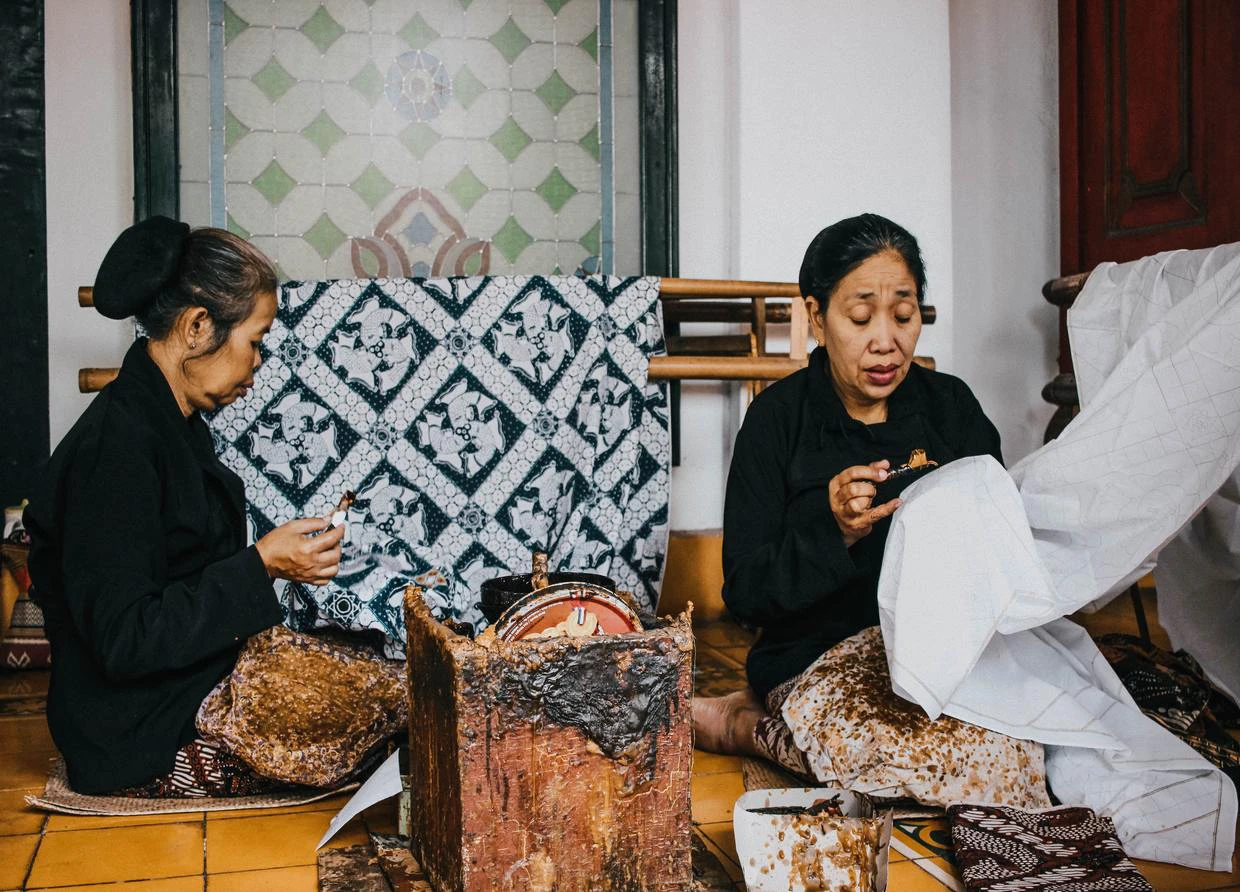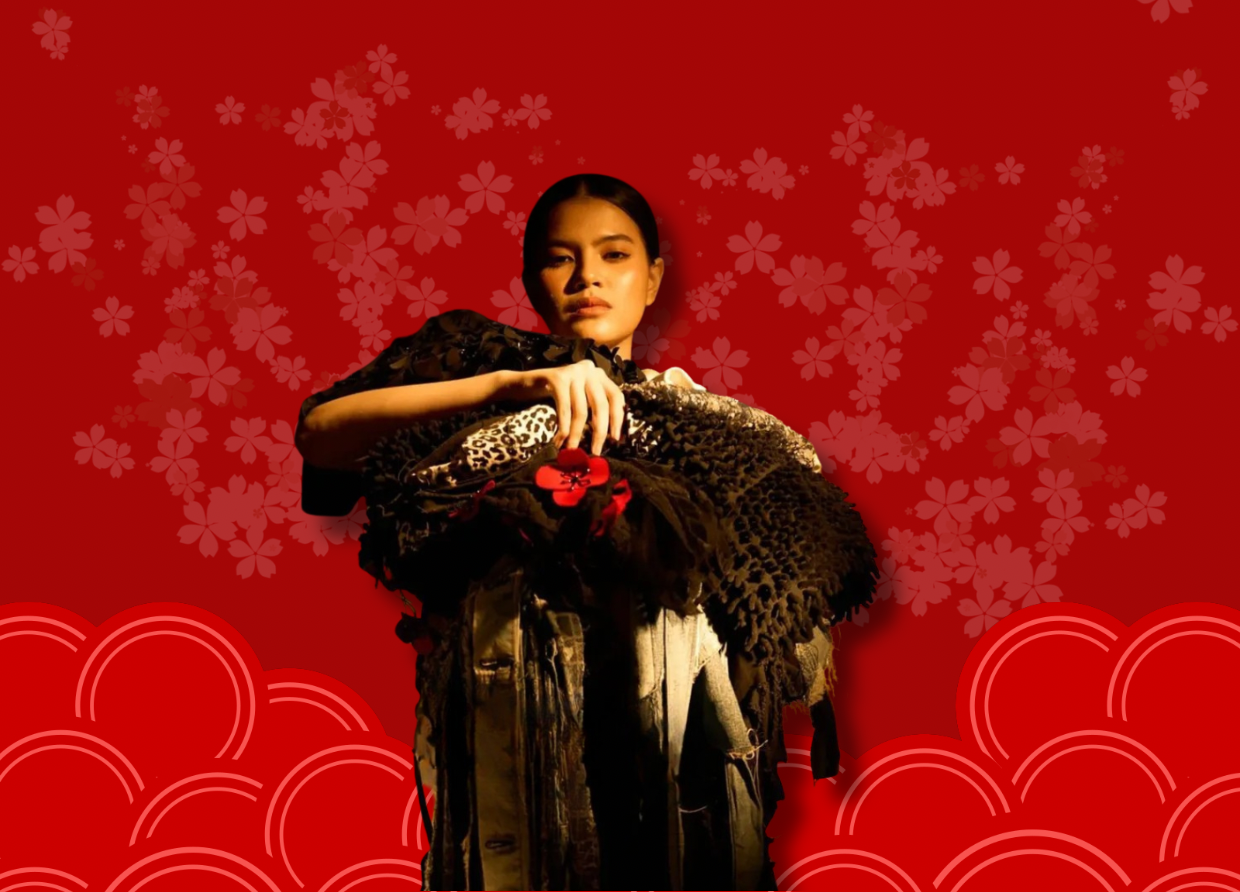FROM KAWUNG TO TAMBAL: TYPES OF BATIK PATTERN FROM CENTRAL JAVA
Java is known for its traditional cloth called batik and each region has its unique patterns. Here are types of batik patterns from Central Java.

Batik is a wax-resist dyeing process that is applied to whole cloth or manufactured cloth. This traditional cloth is made by either painting dots and lines in the resist with a spouted tool called canting or printing it with a copper stamp called cap. Here are five popular batik patterns in Central Java.
Kawung
Kawung is a four-lobed stylized flower based on the Areca Palm blossom that is one of the oldest batik motifs in Java. It has been around since the 13th century. The Kawung is associated with palm blossom, which represents purity and honesty, and the palm fruit, which represents fertility and optimism. There is also a deep philosophy of universal energy and the sacred genesis of human existence, longevity, and eternal life associated with it.
Parang
The parang design is a well-known and extensively used batik pattern. This design, which is shaped like waves, represents a life battle and mirrors the impact of sea waves on a reef. People who wear this batik motif are expected to keep fighting and never give up when confronted with life's problems. Parang Rusak, Parang Barong, Parang Kusumo, Parang Kecil, Parang Slobog, and Parang Klitik are six different varieties of Batik Parang patterns. This pattern, particularly the Parang Barong pattern, is unique and exclusive since it can only be worn by the royal family.
**Truntum**
The word "truntum" is derived from the Javanese word "taruntum" which means to grow or to blossom. Truntum is depicted as a Tanjung flower bud against a night sky background. The design contains aspirations for loyalty and harmony. In a traditional wedding ceremony, this design is generally employed by the groom's and bride's parents. That represents how parent guides their children and create a sense of peace in their lives.
Sekar Jagad
The origins of the Sekar Jagad pattern are supposed to be in Solo and Yogyakarta. In Dutch, "kar" means map, and in Javanese, "jagad" means world. Essentially, the Sekar Jagad design represents the beauty and charm of multiplicity. Other theories claim that it is derived from the words "Sekar," which means flower in Javanese and "Jagad," which means world in Javanese and those combined words imply world flowers.
Because of the number of features on the backdrop, Batik Sekar Jagad is considered one of the most exquisite antique batik patterns. Colors are frequently fresh and colorful, with a variety of floral patterns. It has its unique patterns, such as flowers, mountains, animals, and so on. One of the charms of this batik is the contrast between the colors and patterns.
Tambal
From ancient times to the present, the Tambal pattern batik has been related to human life. Patching or fixing anything that has been harmed is the meaning of this motif. This suggests that every mistake made in a person's life should be an opportunity for self-improvement. This batik is special because it is thought to heal someone who is sick. This is accomplished by wrapping the person with a tambal-patterned cloth.


























